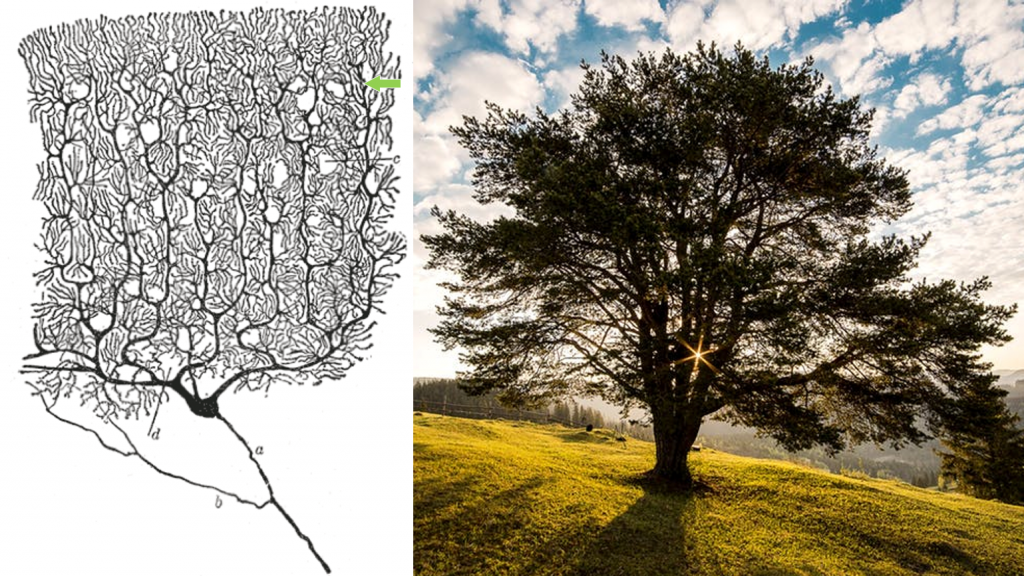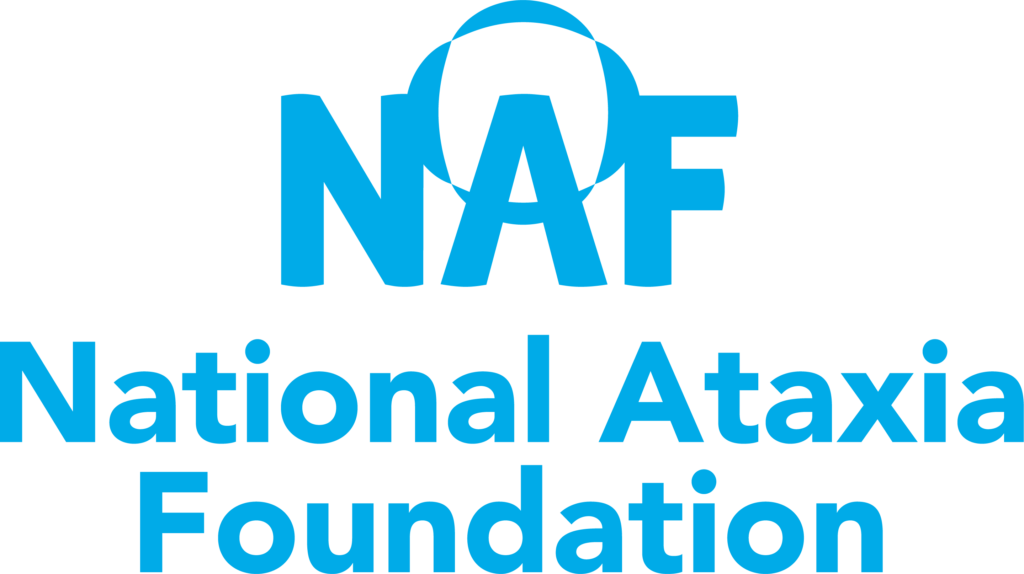Purkinje cells are important neuronal cells located in the outer layers of the cerebellum. The cerebellum is part of the brain that is primarily known for controlling sense of balance and movement but can also influence learning, memory, and mood.
Purkinje cells receive lots of information from other neurons through their large and highly branched processes called dendrites (Figure 1, see below). This information is processed in large oval cell bodies of Purkinje neurons and is transmitted from Purkinje neurons through their axons, another type of neuronal process, to other neurons residing deep within the cerebellum.

Purkinje cells look a lot like trees. The dendrites are like the leaves and branches, the cell body is like the tree trunk, and the axon is like the roots. Information starts at the top and goes to the bottom. This information processing ensures balance and accuracy of movements.
Because of these important roles, dysfunction or loss of Purkinje cells often leads to problems with balance and movement. Indeed, a loss of normal Purkinje neuron function appears to be very important for the development of ataxia.
Many researchers study different inherited ataxias by expressing mutant proteins in Purkinje cells in mouse models of these diseases. For example, the first mouse model created for spinocerebellar ataxia type 1 (SCA1), called ATXN1[82Q], expresses mutant Ataxin-1 only in Purkinje neurons. These mice develop balance and movement deficits and were critical for increasing our understanding of how Purkinje neurons influence how SCA1 progresses.
If you would like to learn more about Purkinje cells, take a look at this Encyclopaedia Britannica article.
Snapshot written by Dr. Marija Cvetanovic, edited by Dr. David Bushart










